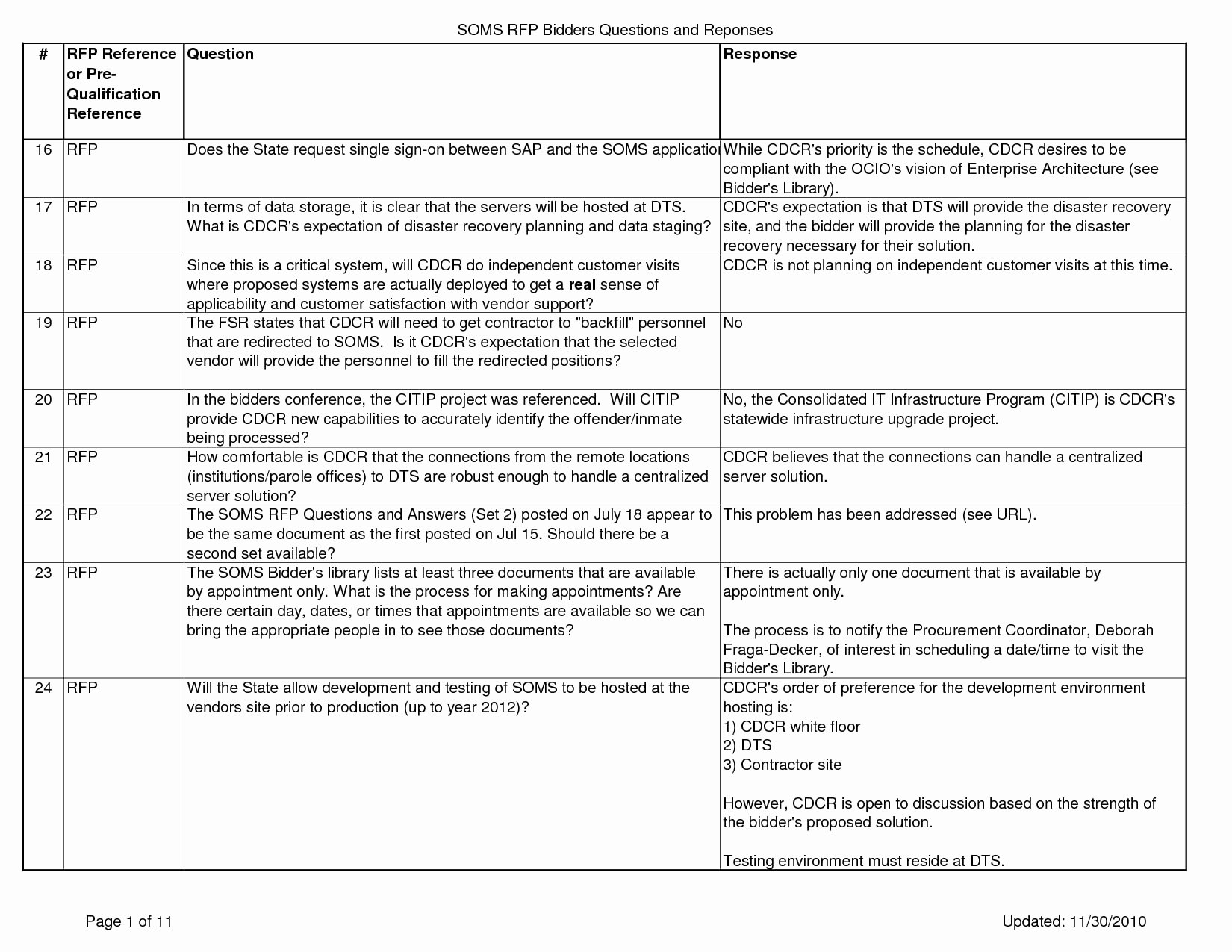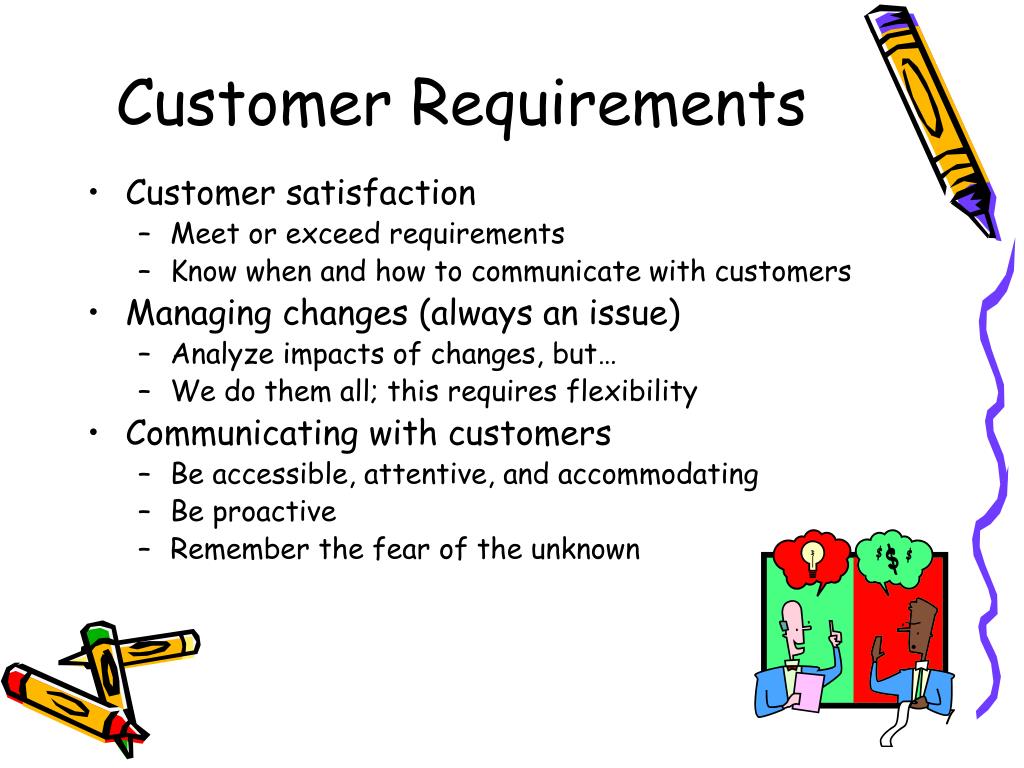

Project Managers should also consider this SMART protocol while creating requirements, especially when getting into greater detail about business requirements. As discussed with examples in Chapter 2, objectives should be SMART (Specific, Measurable, Achievable, Relevant, Time-based). The hierarchical relationship among requirements can be illustrated in Figure 4.1.Īs illustrated in Figure 4.1, business requirements are developed based on the business needs (problems or opportunities) that an organization is striving to find a solution to overcome the problem or exploit the opportunity.

When a specific type of requirement is under discussion, the term requirement is preceded by a qualifier such as stakeholder, business, or solution.

Requirements may include attributes like dimensions, ease of use, color, specific ingredients, and so on. The project’s requirements, defined in the scope management plan, describe what a project is supposed to accomplish and how the project is supposed to be created and implemented.
#Customer requirements in project management software
A requirement may explain a feature that is to be met by a product or software component. A requirement should be independent of the design of the solution that addresses it. Therefore, project managers need to ensure that all the stakeholders have been identified so that requirements can be elicited thoroughly from all of them, and all the expectations and concerns can be addressed.Ī requirement represents something that can be met by a product, service, or process, and can address a need of the business, person, or group of people. Poor requirements management practices were identified as the second leading cause of project failure, second only to changing organizational priorities. As quoted by the Business Analysis for Practitioners: A Practice Guide, “inaccurate requirements gathering” was reported by 37% of organizations as a primary cause of project failure. These titles were enumerated by BABOK Guide as business architect, business systems analyst, data analyst, enterprise analyst, management consultant, process analyst, product manager, product owner, requirements engineer, and systems analyst.Ī project manager must assure that requirements are defined in a way that project activities can be determined and sequenced, and hence, a schedule and budget can be created. There may be other job titles that perform business analysis. Project teams consist of business analysts who are involved in the elicitation of requirements. The requirement is defined by the PMI Guide to Business Analysis as “a condition or capability that is required to be present in a product, service, or result to satisfy a contract or other formally imposed specification.” The responsibility for defining requirements should be assigned to resources that have sufficient business subject matter expertise and decision-making authority. The nature of the representation may be a document (or set of documents) but can vary widely depending on the circumstances. It is the main path to discovering requirements and design information, and might involve talking with stakeholders directly, researching topics, experimenting, or simply being handed information.” BABOK Guide defines a requirement as a usable representation of a need. As BABOK Guide states “It is the drawing forth or receiving of information from stakeholders or other sources. Elicitation is more than just collecting. While PMBOK Guide 6th Edition refers to this process as “Collect Requirements”, BABOK Guide v3 refers to elicitation. Agile (Adaptive) Project Managementġ2.2 Adopting and Creating an Agile Environmentġ2.4 Recent Trends in Agile Project Managementġ3.3 Post Implementation Reviews and Archiving Documentsġ3.4 Validating the Realization of Business BenefitsĪfter all the deliverables are identified, the project manager needs to document all the requirements of the project. Communication Management, Leadership, and Project Team ManagementĦ.5 Leadership Styles and Servant LeadershipĦ.7 Developing and Managing a Project TeamĨ.5 Solving Resource Overallocation: Resource Levelingĩ.3 Estimating Costs and Determining Budgetġ0.5 Developing and Implementing Risk Responsesġ1.1 Monitoring and Controlling Project WorkĬhapter 12. Project Planning and the Project Scopeĥ.1 Identifying Stakeholders and Managing Their Expectationsĥ.3 Managing and Monitoring Stakeholder EngagementĬhapter 6. Strategy, Objectives, and Project Selectionģ.3 Organizational Dimensions and the StructureĬhapter 4.

Introduction to Project Managementġ.1 Definition and Key Concepts of Project Managementġ.5 Project Management Life Cycle and Process GroupsĬhapter 2. Interest/Adoption Form and Feedback/Report FormĬhapter 1.


 0 kommentar(er)
0 kommentar(er)
